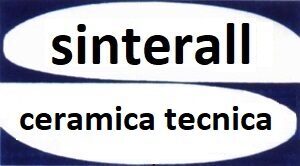Ceramic oxides are inorganic, non-metallic, polycrystalline materials.
Ceramic oxides are inorganic, non-metallic, polycrystalline materials.
Until almost 40 years ago, “ceramics” meant all those products (bricks, porcelain, terracotta, earthenware, etc.) that were obtained from clays, mixed with other natural products such as quartz and limestone mixed with water in order to obtain the plasticity necessary for their making. Through firing, a heterogeneous system was created, consisting of crystalline particles immersed in a glassy matrix.
In the last decades, with a better understanding on the links between the structure and properties of these materials a new generation of ceramics is born: the oxide ceramics, called “advanced ceramics”, with significant structural and functional performances, deriving from the nature of the atomic bonds and the type of crystalline structure.
By “structural” performance of technical or advanced ceramics, we mean the ability to withstand mechanical stress and wear in conditions of very high temperature and pressure. Any electrical, electronic, optical and magnetic properties that technical or advanced ceramics may present in particular environmental conditions are considered “functional”.
Over the years, thanks to progress in the field of control of the entire production process, there has been a gradual and constant improvement in the microstructures, consequently in performance, which translates into a continuous expansion in the fields where performing technical ceramics can or should be used.
Technical ceramics can be used advantageously in many cases and are decisive in many others. However, their cost is not competitive with the one of the most common materials, therefore they should always be used to solve serious problems of wear, corrosion, high temperature, electrical and thermal insulation and specific weight: even better if such requirements are present simultaneously.
